
![Kate Moss, Fashion: Sarah Burton for Alexander McQueen, Van Cleef & Arpels, and Julian d’Ys, The Ritz, Paris 2012. [photographs of Kate Moss at the Paris Ritz for Vogue US April 2012 issue] © Tim Walker](https://graziamagazine.com/us/wp-content/uploads/sites/15/2025/10/freed-from-desire-artists-women-grazia-fall-winter-2025-1.jpg)
In 1791, French playwright and activist Olympe de Gouges published the Déclaration des droits de la femme et de la citoyenne, or Declaration of the Rights of Woman and the Female Citizen, affirming that “Woman is born free and remains equal to man in rights.” De Gouges, who also argued for the abolition of slavery, dedicated her treatise to Queen Marie Antoinette, noting that “This revolution will only take effect when all women become fully aware of their deplorable condition, and of the rights they have lost in society.”
Widely portrayed as frivolous—and long associated with a dubious zinger about the poor eating cake—Marie Antoinette may not immediately inspire sympathy; yet the ill-fated queen once lobbied for the right to own property in her own name (the Château de Saint-Cloud, natch). In a bizarre twist, both Marie Antoinette and de Gouges were guillotined within less than a month of one another at Place de la Révolution, now Place de la Concorde, in Paris.
Women’s rights, and, indeed, human rights generally, have come a long way since revolutionary France, but the world remains deeply unequal and frequently hostile to individuals who don’t conform to social norms. This fall and winter season, we’re diving into books, films, and exhibits that are an ode to personal quirkiness and freedom.
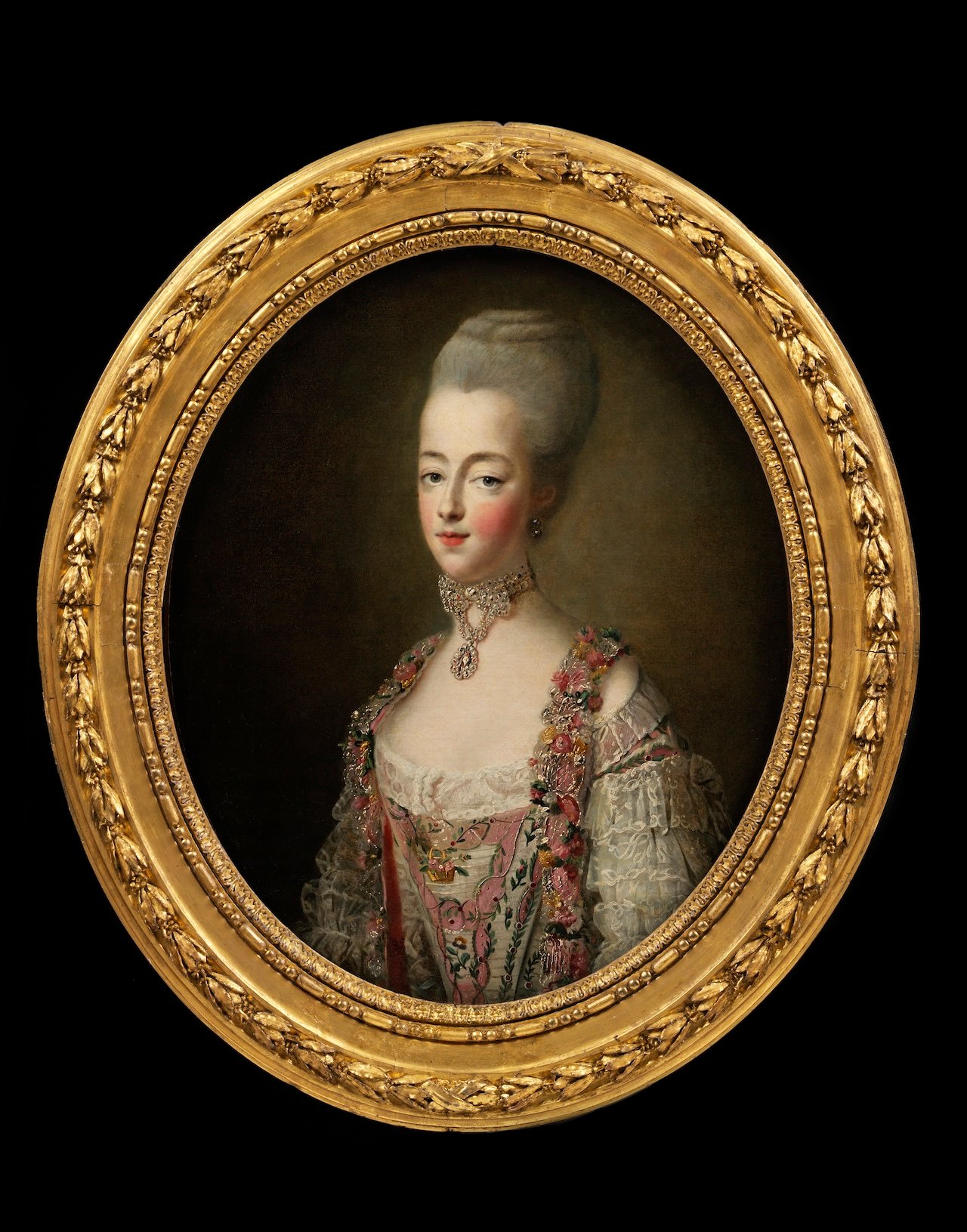
Portrait of Marie Antoinette, Queen of France, in a court dress. Oil painting by François Hubert Drouais, 1773 © Victoria and Albert Museum, London
Marie Antoinette Style
V&A, South Kensington, London. September 20, 2025 — March 22, 2026
On the lavish side, from September 20, 2025, through March 22, 2026, the V&A South Kensington is presenting Marie Antoinette Style, an exhibition sponsored by Manolo Blahnik and featuring assorted objects used by the notorious queen, some of which are exceptional loans from the Château de Versailles. Visitors can see silk slippers and jewels, as well as a dinner service from the Petit Trianon and the embellished fragments of a court dress. The show will also include haute couture pieces from leading design houses and costumes from Sofia Coppola’s 2006 historical drama starring Kirsten Dunst, as evidence of the queen’s lasting impact on fashion. “This is the design legacy of an early modern celebrity and the story of a woman whose power to fascinate has never ebbed,” noted curator Sarah Grant in a press statement, summing up Marie Antoinette’s persona as a “rare combination of glamour, spectacle and tragedy.”
Jane Austen, a contemporary of de Gouges and Marie Antoinette, was more quietly revolutionary: a prolific writer, she explored the follies of human relations with a blend of empathy and humor, capturing the myriad ways in which sex and social class constrain personal autonomy. Though her works were published anonymously during her lifetime, James Stanier-Clarke, the Prince Regent’s librarian, knew Austen’s identity, and once “tried to tell her what she should write about next,” shared Lizzie Dunford, director of Jane Austen’s House museum in Chawton, the East Hampshire village where the author spent her final eight years.
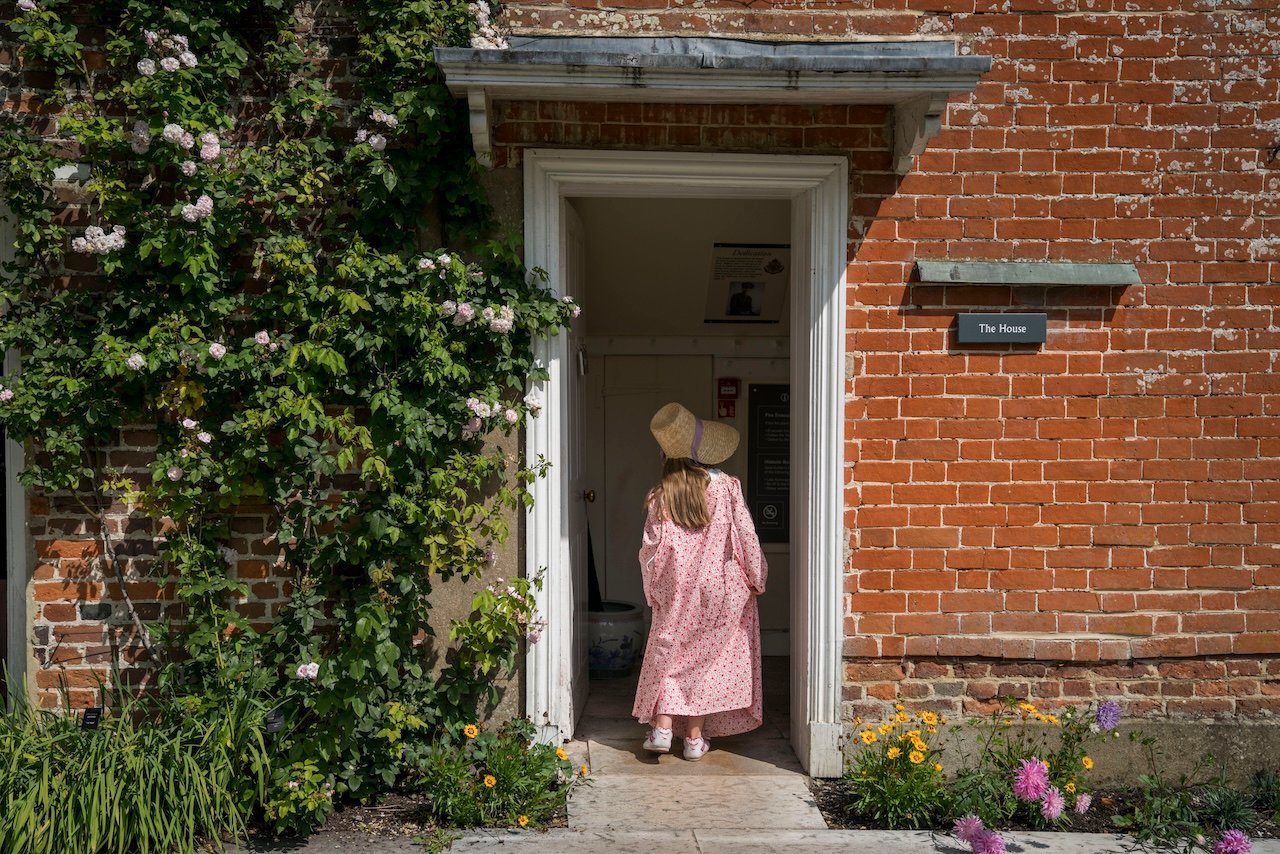
Austenmania!
Exhibition at Jane Austen’s House museum, Chawton, East Hampshire till January 4, 2026
Austen’s reply? “No – I must keep to my own style & go on in my own Way; And though I may never succeed in that, I am convinced I should totally fail in any other.”
“Her faith in her own work, her confidence in herself as a writer is deeply inspiring,” Dunford mused. December 16 of this year marks the 250th anniversary of Austen’s birth, and the house museum has been in full swing all year. In December, Jane Austen’s Birthday Celebration Week will feature talks, tours, workshops, and other activities, including a virtual birthday party on the big day.
Fans of Mr. Darcy should take special note that this year is also the 30th anniversary of the BBC production of Pride and Prejudice starring Colin Firth and Jennifer Ehle, as well as three other iconic film and television adaptations of Austen works: namely, Sense and Sensibility starring Emma Thompson, the BBC’s Persuasion starring Amanda Root and Ciarán Hinds, and, of course, Clueless, the bubbly tribute to Emma set somewhere in southern California, with teenaged protagonist Cher Horowitz asking existential questions such as “Did my hair get flat? Did I stumble into some bad lighting? What’s wrong with me?” The Jane Austen House is celebrating each of these Austen interpretations in Austenmania!, an exhibition that runs through January 4, 2026.
So grab a stack of Austen books and travel back to Regency England. For anyone new to the author, Dunford recommends starting with Pride and Prejudice. “It is bright, sparkling and has a cast of absolutely unforgettable characters that have gone on to have cultural lives of their own, far away from the pages of the novel. After that, Persuasion,” she suggested.
As emphasized in Clueless, fashion is a language, a powerful expression of culture, social status, gender stereotypes and personal identity. In her newly released book Claire McCardell: The Designer Who Set Women Free, journalist Elizabeth Evitts Dickinson tells the story of American creative Claire McCardell, who, in her life as in her designs, upended conventions about how women should live.
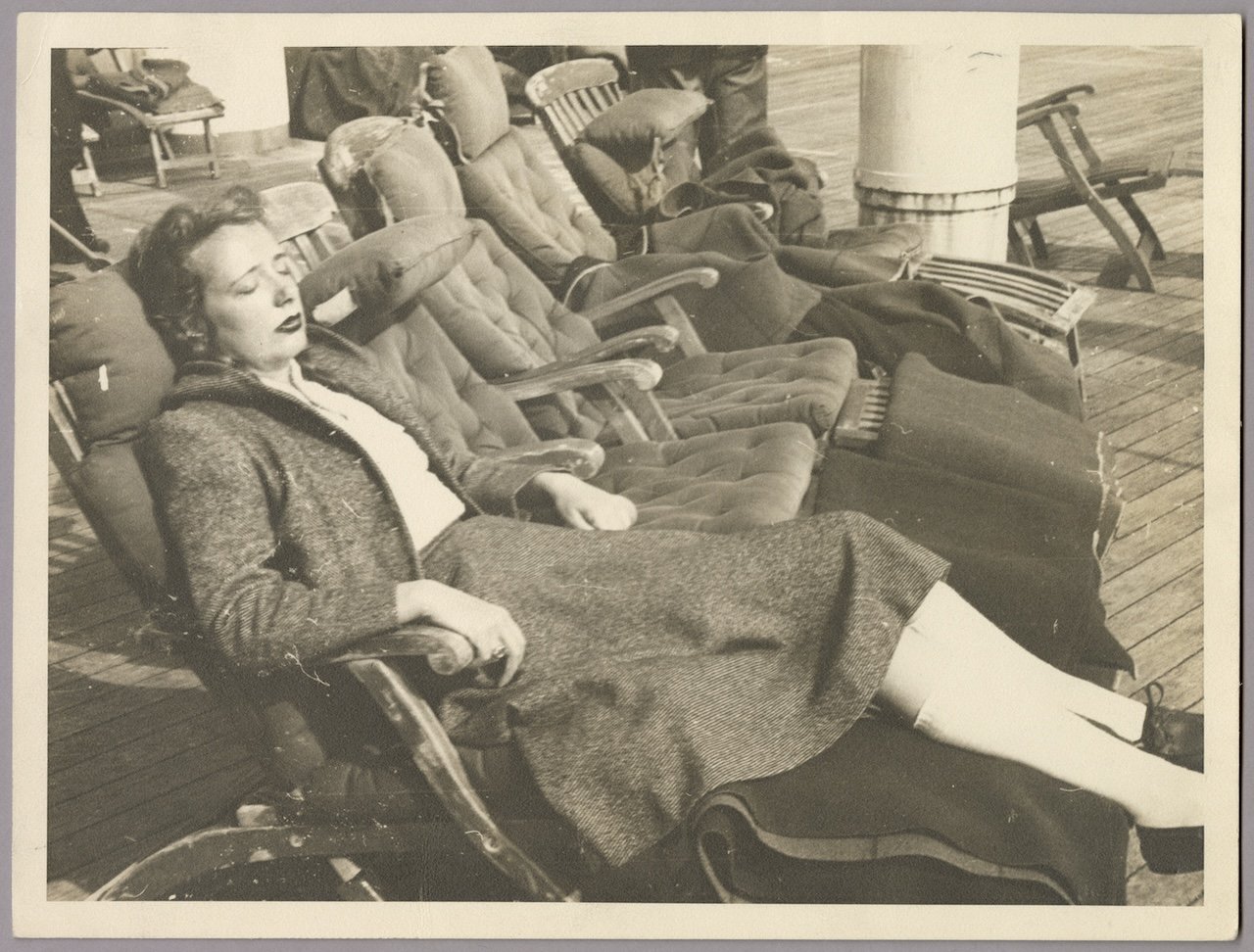
Claire McCardell
Claire McCardell: The Designer Who Set Women Free, published by Simon&Schuster
“I remember seeing Claire McCardell’s clothes for the first time and just being stunned that they were made in the 1930s and ‘40s, and I didn’t understand how it was that I didn’t know her name – even though I now understood that much of what I had in my closet began on her drafting table, that so much of what Claire McCardell either invented or pioneered laid the groundwork for American fashion as we know it today,” Dickinson shared in an interview.
McCardell, who was born in 1905, fought for pockets, denim, and ballet flats. She embraced freedom of movement and clothing that did not contort the female form, but instead allowed women to participate more fully in life, taking pleasure in individual style without slavishly following trends. McCardell chafed against the long woolen stockings of early 20th century swimwear and the post-World War II corsets popularized by Christian Dior’s New Look (though the French designer ultimately was a great fan of McCardell’s sportswear). Trendsetters such as Lauren Bacall and Joan Crawford were partial to McCardell’s innovative designs, while artist Georgia O’Keeffe wore them rafting through Glen Canyon in Arizona.
Once asked by a radio show host whether she believed the old trope about suffering being a prerequisite to beauty, McCardell responded: “I certainly don’t. When you’re uncomfortable you are likely to show it. That’s why I make even my most formal dresses as comfortable as a playsuit. Clothes should stay put, too, so there is no temptation to be forever pulling, pinching, and adjusting them which spoils your own fun and makes everyone else fidgety. You never look really well-dressed when you’re over-conscious of what you have on. Comfort should be a keynote of style.”
“Clothes are not apolitical; clothes are a bellwether of society. Clothes are a signifier of cultural intention.”
“I didn’t want this to just be a fashion history. I wanted this to locate Claire McCardell within the lineage of women who were really working to serve women’s autonomy and freedom,” said Dickinson. “She believed that clothes were important to the way in which a woman could live a life, and she designed to that truth. And so a lot of her rebellion, and a lot of her ingenuity, and the ways in which she revolutionized fashion, were rooted in this goal, which is that women should be able to lead full lives, that they should be able to have jobs and families and be full participants in public life. And she didn’t grow up at a time when that was true.”
Dickinson also said McCardell’s experiences are a timely reminder of the misogyny surfacing in the current political climate, which she believes is reflected in the re-emergence of corsets on celebrities such as Sabrina Carpenter and Lauren Sánchez Bezos, whose Dolce & Gabbana wedding dress was quite literally breath-taking. “Clothes are not apolitical; clothes are a bellwether of society. Clothes are a signifier of cultural intention…” Dickinson said. “The wasp waist has returned. At times of political opposition to women, they’re often quite literally strung back into corsets, and I believe that it is symbolic of a regression against women’s autonomy.”
McCardell, who succumbed to colon cancer at just 52, was a highly successful businesswoman who never lived to see the passage of the Equal Pay Act or the Equal Credit Opportunity Act, which granted women in the United States the right to equal pay for equal work and to open their own bank accounts. She would doubtless have appreciated Elphaba, the green-faced heroine of Wicked, who took the world by tornado last fall, proclaiming that “I’m through accepting limits ’cause someone says they’re so.” On November 21, part two of the musical movie, Wicked: For Good, hits theaters, with actress Cynthia Erivo back as the oddly dressed young witch whose intelligence and strength of character underscore the superficial “goodness” of Ariana Grande’s popular, conventionally lovely Galinda.
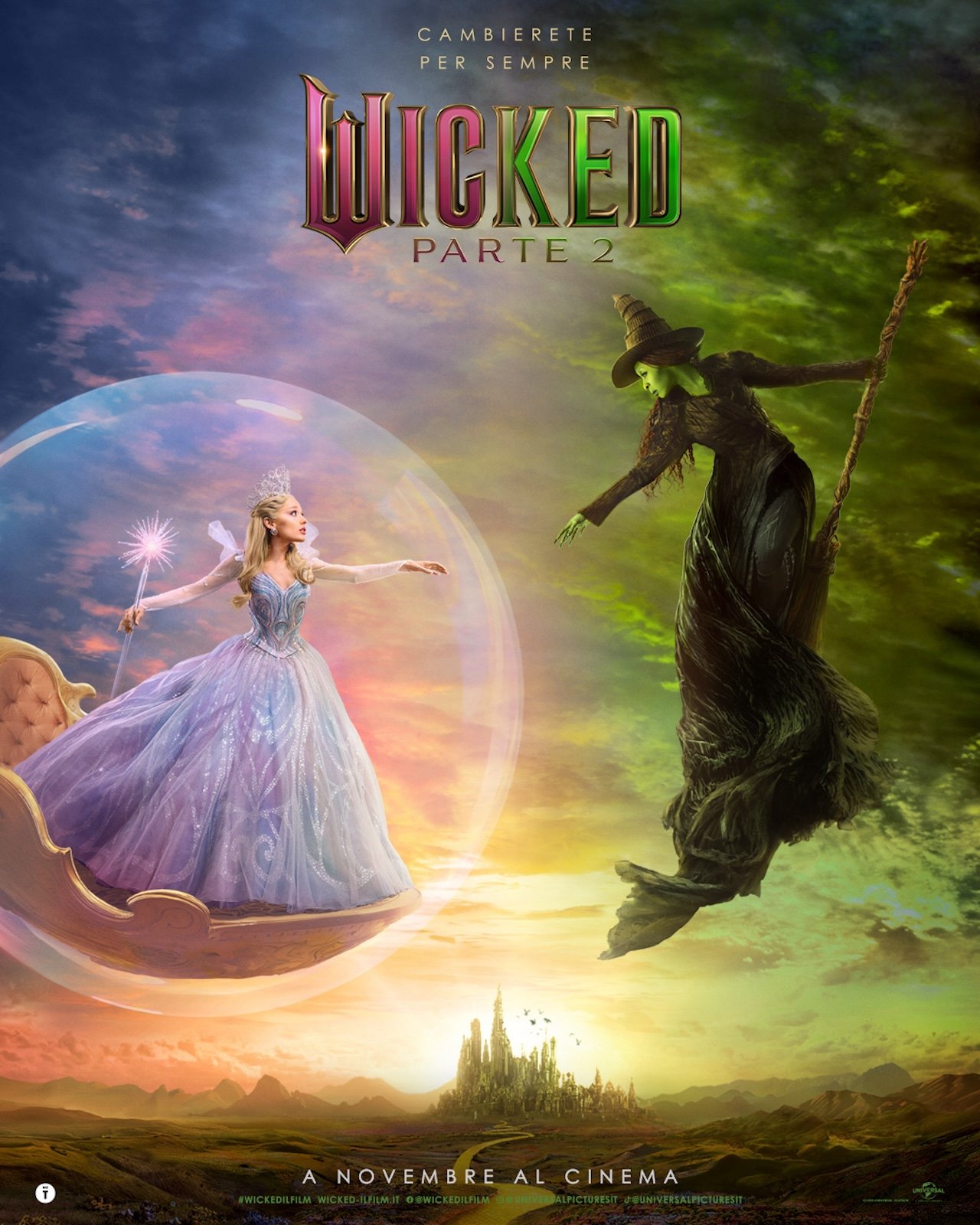
Wicked: For Good
In theaters internationally on November 21
The success of the Wicked movie—now a licensing tour de force, complete with an Emerald City Lego set and an Ozdust eyeshadow palette from r.e.m. beauty—rests in part on the enduring appeal of the 1939 movie starring Judy Garland, a pioneering Technicolor production that made Dorothy’s slippers sparkle in red, rather than the silver described in the iconic L. Frank Baum novel The Wonderful Wizard of Oz, originally published in 1900. That book entered the public domain in 1956 and continues to inspire the entertainment world, with each new Oz work referencing the previous and spawning new pop culture citations. Wicked was itself adapted from both a 2003 stage musical and a 1995 novel titled Wicked: The Life and Times of the Wicked Witch of the West.
We say: Follow the yellow brick road. This fall-winter season, see the movies, read the books and listen to the songs, from “Over the Rainbow”—beyond the Judy Garland version, you can choose from interpretations by Frankie Avalon, Aretha Franklin, Ella Fitzgerald, Olivia Newton-John, Plácido Domingo, Eric Clapton, The Flaming Lips, and the Hawaiian Israel Kamakawiwo’ole, among hundreds – to “Ding Dong! The Witch Is Dead,” recorded by The Fifth Estate in 1967, and “Goodbye Yellow Brick Road,” by Elton John and Bernie Taupin.
In that song, John sings with disillusionment about material success: “You can’t plant me in your penthouse/ I’m going back to my plough/ Back to the howlin’ old owl in the woods/ Huntin’ the horny-back toad/ Oh, I’ve finally decided my future lies/ Beyond the yellow brick road…”
Street art demands visibility for the less privileged: The movement arose on public buildings, walls, and trains, without galleries or museums as intermediaries between the artists and their audiences. Whether considered social commentary, vandalism, or beautification of urban blight, street art has a long history in New York City. Take a moment to consider the meaning of artistic freedom. MoMA PS1, the Long Island City arts institution, recently unveiled a mural-commissioning program, inviting artists to create new works for its public plaza.
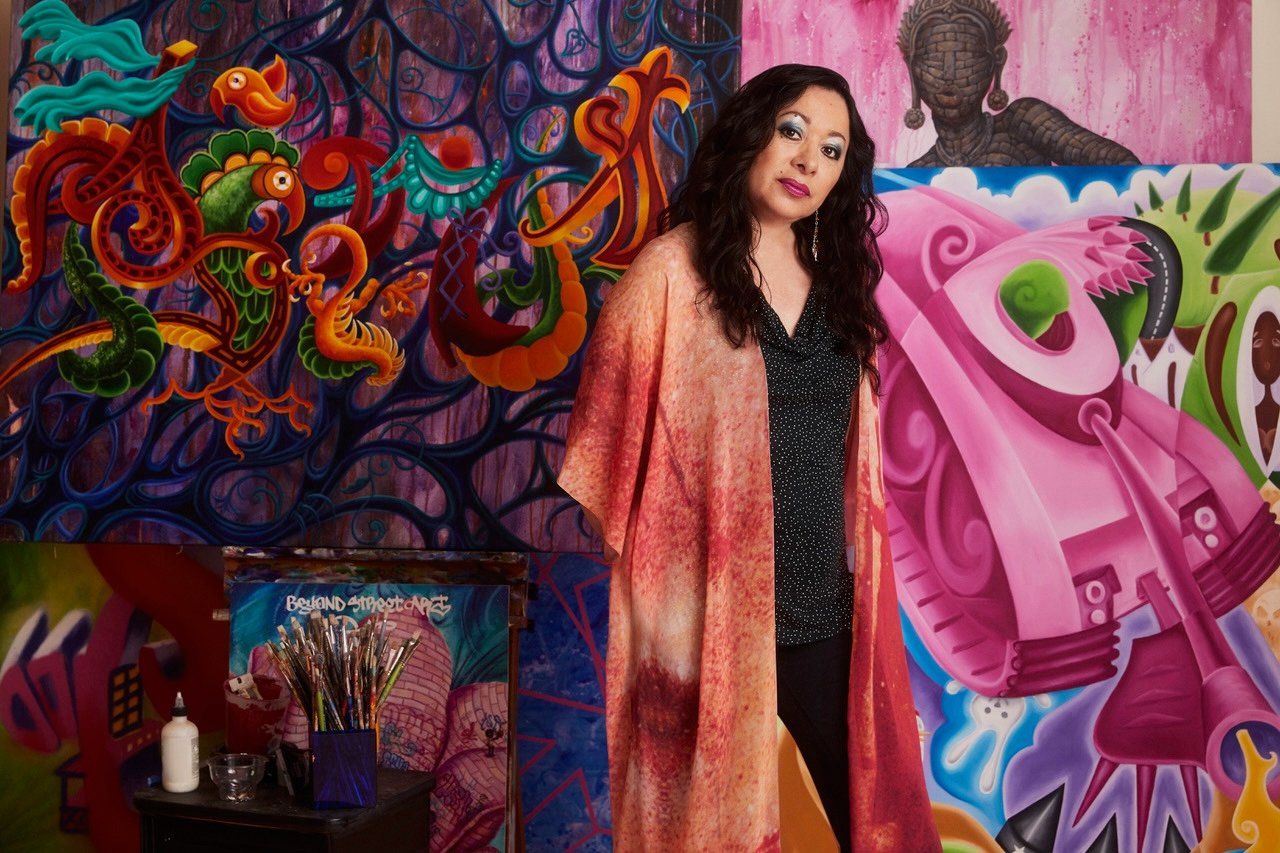
LADY PINK, MoMA PS1 Plaza Mural
Homage to 5Pointz is on display at MoMA PS1 till June 26, 2026
Ecuadorian-American graffiti artist and painter Lady Pink is the first artist whose mural graces the visitor entrance to the museum, and her proposal melds references to the New York City skyline, subway system and brick buildings, as well as 5Pointz, the warehouse formerly located across from MoMA PS1, which was the subject of a protracted legal battle before its demolition in 2013. Originally an industrial plant, the property later housed artist studios, becoming famous for the vibrant graffiti murals on its exterior. When the building’s owner decided to tear it down and build a residential high-rise in its place, he whitewashed the murals without notice, prompting “aerosol artists” including Lady Pink to sue him.
The case, Cohen v. G & M Realty L.P., involved the Visual Artists Rights Act, or VARA, a copyright statute that permits artists to sue for infringement of moral rights, such as the right to attribution and the right to protect the integrity of their works, including visual art of “recognized stature” that is incorporated into buildings the artists do not own. The 5Pointz case resulted in a $6.75 million judgment for the artists and a finding that even temporary street art can qualify for VARA protection, provided it has achieved the requisite recognition.
Let the real estate tycoons eat cake: Lady Pink’s homage to 5Pointz is on display at MoMA PS1 through spring 2026.













